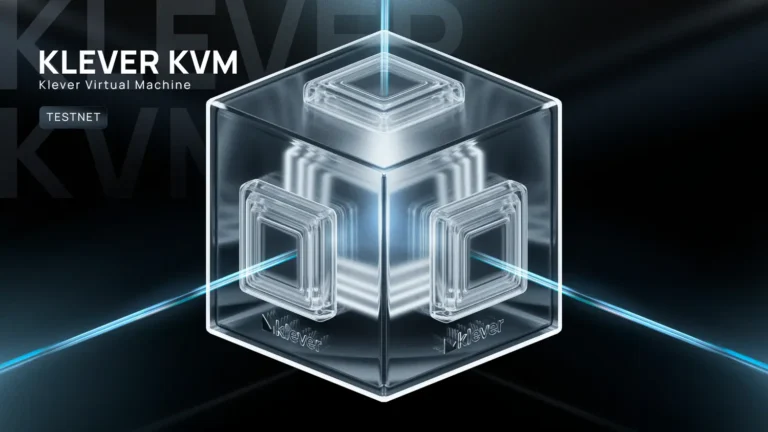
Distributed ledge technology (DLT) is changing the way we store, manage and secure data. Distributed ledgers, as opposed to traditional centralized databases are having far superior features such thanks of the underlying blockchains technology. Transparency again enforced by blockchain tech is more efficient since it’s shared over a network that consists of computers rather than an infrastructure assigned on one central server. In this article, we are going to introduce distributed ledgers in a person-friendly manner by highlighting what they do and their challenges. In the end, it should leave readers clear on what distributed ledger is and economic applications in its current stage of development across several industries.
Table of Contents
What is a Distributed Ledger?

A distributed ledger, in a general sense, is simply a database consensually shared and synchronized across multiple sites, institutions or geographies. Although a centralized entity can control the traditional database and making changes in it, is quite difficult or, rather we should say, even impossible but with distributed ledger this challenge solves as they are decentralized. In a blockchain system, all nodes have the exact same copy of the ledger, and any change to one node immediately reflects across every other active node in real time.
This decentralized approach ensures that the ledger is secure and immutable, as altering any information would require consensus from the majority of nodes. Distributed ledgers are the foundational technology behind blockchain, but their applications extend beyond cryptocurrencies.
Features of Distributed Ledger
Distributed ledger technology provides some of the following characteristics that set it apart from traditional databases:
- Decentralization: Multiple nodes distribute control, reducing the risk of a single point of failure.
- Immutability: Once written, the ledger preserves data integrity by preventing any changes or removal.
- Consensus Mechanisms: Consensus algorithms, such as Proof of Work (PoW) or Proof of Stake (PoS), validate transactions, ensuring trust and security.
- Transparency: All parties share the ledger, keeping activities open and increasing transparency.
Benefits of Distributed Ledger Technology

Distributed Ledger Technology (DLT) can offer immense benefits with respect to security and transparency as well enhancing efficiency showing that intermediaries are not necessary anymore leading to cutting operational cost. Let´s see more deeply.
Enhanced Security and Transparency
Enhanced security is a major advantage of distributed ledger technology. The decentralized nature of DLT means there is no central point of vulnerability that hackers can target. The system encrypts each transaction, linking it to the previous one, forming a chain of blocks hard to alter.
Since a public ledger records all transactions and is accessible to all participants, tracing and verifying data is easy. This level of transparency reduces the likelihood of fraud and builds trust among users. For example, within supply chain management using distributed ledgers every stakeholder across the journey of a product from source to end consumer can track it, ensuring authenticity and minimizing counterfeiting risk.
Efficiency and Cost Savings
Distributed ledger technology can significantly enhance efficiency by automating and streamlining processes. Such as, smart contracts are self-executing contractual agreements with the terms of the agreement between buyer and seller being directly written into lines of code. Because they execute trades as soon some predefined conditions are met, without requiring intermediaries, the time and price associated with manual processing is reduced.
Additionally, distributed ledgers can further lower operating costs by doing away with centralized databases and verification from third parties. Network participants verify transactions, enabling quick processing and avoiding the fees incurred. For instance, in financial services DLT could be used to enable faster and cheaper cross-border payments by eliminating the need for intermediaries such as banks or payment processors.
Challenges in Implementing Distributed Ledgers

Despite their numerous benefits, implementing distributed ledger technology comes with several challenges. One of the primary challenges is scalability. As the number of transactions increases, the network can become congested, leading to slower processing times and higher costs. Developers are creating solutions such as sharding and layer 2 protocols to address these scalability issues.
Another challenge is the regulatory environment. Legal and regulatory frameworks for distributed ledger technology are evolving, lacking clear guidelines in numerous jurisdictions. This uncertainty can hinder the adoption of DLT, as businesses are unsure how to comply with existing laws and regulations.
The issue of Interoperability, however is another major challenge. In general, most distributed ledger systems operate independently and are unable to interoperate with one another, effectively communicate data changes. One of the main determinants which would enforce DLT adoption is to develop standards for interoperability.
Lastly, there is the problem of energy utilization. In contrast, Proof of Work based consensus mechanisms are computationally intensive and hence requires large amount of energy to perform. The environmental impact is becoming an increasingly large concern, and alternative energy-efficient consensus mechanisms.
Explore Klever Blockchain to discover its advanced features, delve into its robust security measures, and see for yourself how it’s pushing the boundaries of what’s possible with Klever blockchain.
Are you ready to be part of it?
